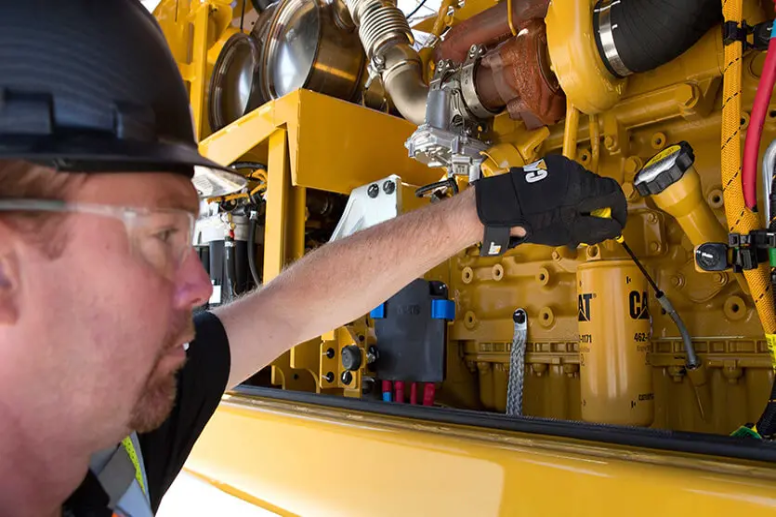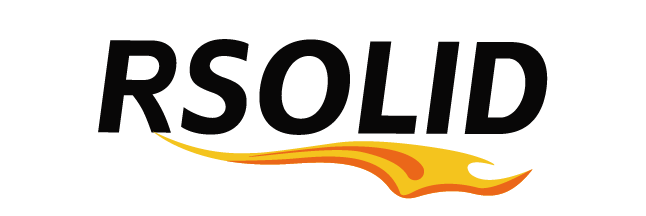
Don't wait until the engine malfunctions and cries for help before taking action
Do you like it when your truck breaks down unexpectedly? Probably not. No one does. But what can you do about it? A Preventive Maintenance Inspection (PMI) is a simple way to prevent costly repairs and breakdowns and maximize uptime. Whether you manage an entire fleet of trucks, or if you’re an owner/operator with just one truck, conducting regular inspections is a great, low-cost, high-reward practice. Among other things, PMI can improve your profitability, prevent customer service problems, and, perhaps most importantly, increase safety. There are many things that can cause your engine issues, possibly leading to an overhaul, and regular inspections can help you spot these earlier on.
Performing preventive maintenance (PM) on trucks and mechanical equipment is essential to ensure reliability, safety, and longevity. A well-structured PM program reduces breakdowns, lowers repair costs, and improves operational efficiency.
Preventive Maintenance Steps for Trucks & Mechanical Equipment
1. Follow Manufacturer Guidelines
Refer to the equipment/truck’s service manual for recommended maintenance intervals.
Adhere to schedules for oil changes, filter replacements, and inspections.
2. Regular Inspections (Daily/Weekly/Monthly)
Pre-Trip Inspections (for trucks) – Check brakes, tires, lights, fluids, and steering.
Post-Trip Inspections – Identify leaks, unusual noises, or wear.
3. Lubrication & Fluid Management
Change engine oil, transmission fluid, coolant, brake fluid, and hydraulic fluids as per schedule.
Grease bearings, joints, and pivot points to prevent friction wear.
4. Filter Replacements
Replace air, fuel, oil, and hydraulic filters to prevent contamination.
5. Tire & Wheel Maintenance
Check tire pressure, tread depth, and alignment.
Inspect for cracks, bulges, or uneven wear.
6. Brake System Checks
Inspect brake pads, rotors, drums, and hydraulic lines.
Test parking brake functionality.
7. Battery & Electrical System
Clean terminals, check voltage, and ensure secure connections.
Test alternator, starter, and lighting systems.
8. Belt & Hose Inspections
Look for cracks, fraying, or leaks in belts and hoses.
Replace worn timing belts, serpentine belts, and radiator hoses.
9. Suspension & Steering
Check shock absorbers, bushings, and ball joints.
Inspect steering linkage and power steering fluid.
10. Undercarriage & Frame
Look for rust, cracks, or structural damage.
Ensure exhaust system is intact (no leaks).
11. Engine & Transmission Health
Monitor for unusual noises, vibrations, or overheating.
Scan for diagnostic trouble codes (DTCs) using OBD-II scanners.
12. Documentation & Record-Keeping
Log all maintenance activities (date, parts replaced, technician notes).
Use Computerized Maintenance Management Systems (CMMS) for tracking.
Preventive Maintenance Checklist (Summary)
| Category | Checks & Actions |
|---|---|
| Fluids | Oil, coolant, brake fluid, transmission fluid levels/changes |
| Filters | Air, oil, fuel, cabin air filter replacement |
| Tires & Wheels | Pressure, tread wear, alignment, lug nut tightness |
| Brakes | Pad thickness, rotor condition, brake fluid level |
| Battery & Electrical | Terminal corrosion, voltage test, light checks |
| Belts & Hoses | Cracks, tension, leaks |
| Suspension & Steering | Shock absorbers, ball joints, steering fluid |
| Exhaust System | Leaks, muffler condition |
| Safety Systems | Horn, wipers, mirrors, seat belts |
| Engine & Drivetrain | Unusual noises, leaks, DTC scans |
Benefits of Preventive Maintenance
✔ Reduces unplanned downtime
✔ Extends equipment lifespan
✔ Improves fuel efficiency
✔ Enhances safety & compliance
✔ Lowers long-term repair costs
